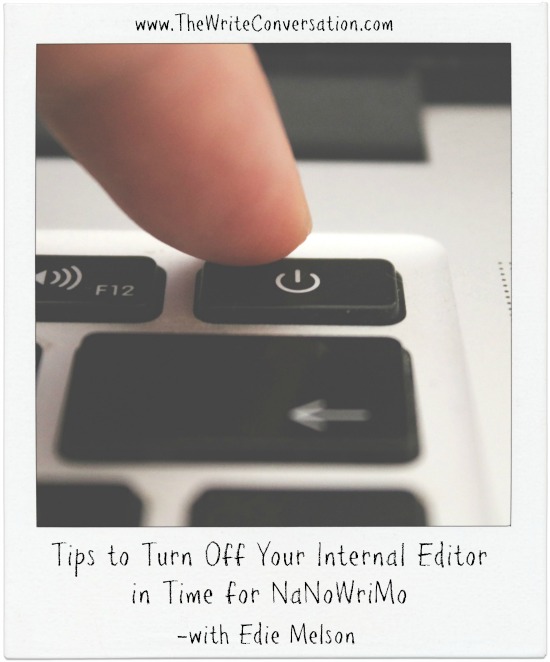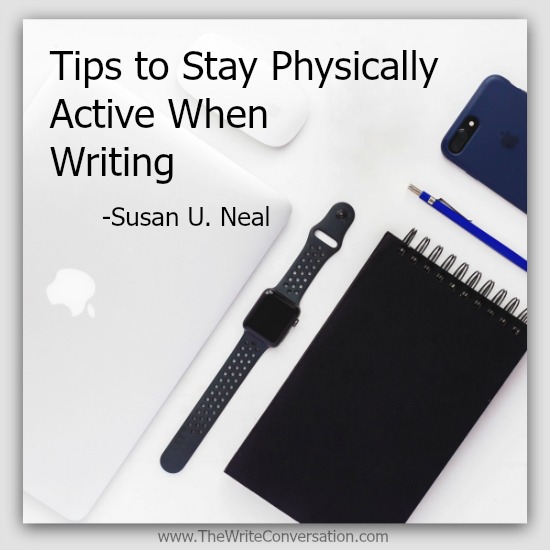Tips to Turn Off Your Internal Editor in Time for NaNoWriMo
by Edie Melson @EdieMelson
In honor of NaNoWriMo, I'm going to share some insights I've gleaned about writing a first draft.
I�ve spoken with a lot of writers who have trouble disconnecting their INTERNAL EDITOR when they're working on an early draft of a manuscript.
This overly helpful person lives inside most of us and comes in handy when we�re putting the finishing touches on our manuscript. But when we�re in the midst of a creative surge, that same person can short circuit our progress.
Today's post will give you the tips you need to turn off your internal editor.
First you should know there�s a scientific reason for that roadblock. The creative act of writing your first draft stems from the right side�or creative side�of the brain. Later in the process, when polishing begins, the left side takes over. Here are some of the characteristics of each side.
Right BrainFirst you should know there�s a scientific reason for that roadblock. The creative act of writing your first draft stems from the right side�or creative side�of the brain. Later in the process, when polishing begins, the left side takes over. Here are some of the characteristics of each side.
- Visual in process, focusing more on patterns and images.
- Generally intuitive, led by feelings.
- Is the epitome of multi-tasking, able to process ideas simultaneously.
- Progresses from the big picture to the details.
- Lacks organization, utilizes free association.
Left Brain
- More verbal, needs to find specific words to express ideas.
- Analytical, led by logic.
- Takes things step by step, one idea at a time.
- Organizes details first before moving to the big picture.
- Very organized, utilizing lists and detailed plans.
Mixing up the process�trying to use both sides of the brain at the same time�can lead to a tangled mess and a major roadblock. All of this information is good to know, but what if our left-brained, Internal Editor won�t go away? How do we make her be quiet? Unfortunately, there isn�t one way that works for everyone, but here are some tips that should help.
Tips
1. Don�t give in to temptation. Our Internal Editor gets stronger the more frequently we give in to her demands. If she thinks you need a certain word before you can finish that sentence, stay strong. Type XXX and go on. Later, during the rewriting process, you�ll have plenty of time to find the right word. This goes for anything that demands you slow the creative process. At this point in your manuscript speed is your best friend.Tips
All of these can help, but I�d like to know what tricks you use to keep that INNER EDITOR quiet.
Don't forget to join the conversation!
Blessings,




Comments
Post a Comment